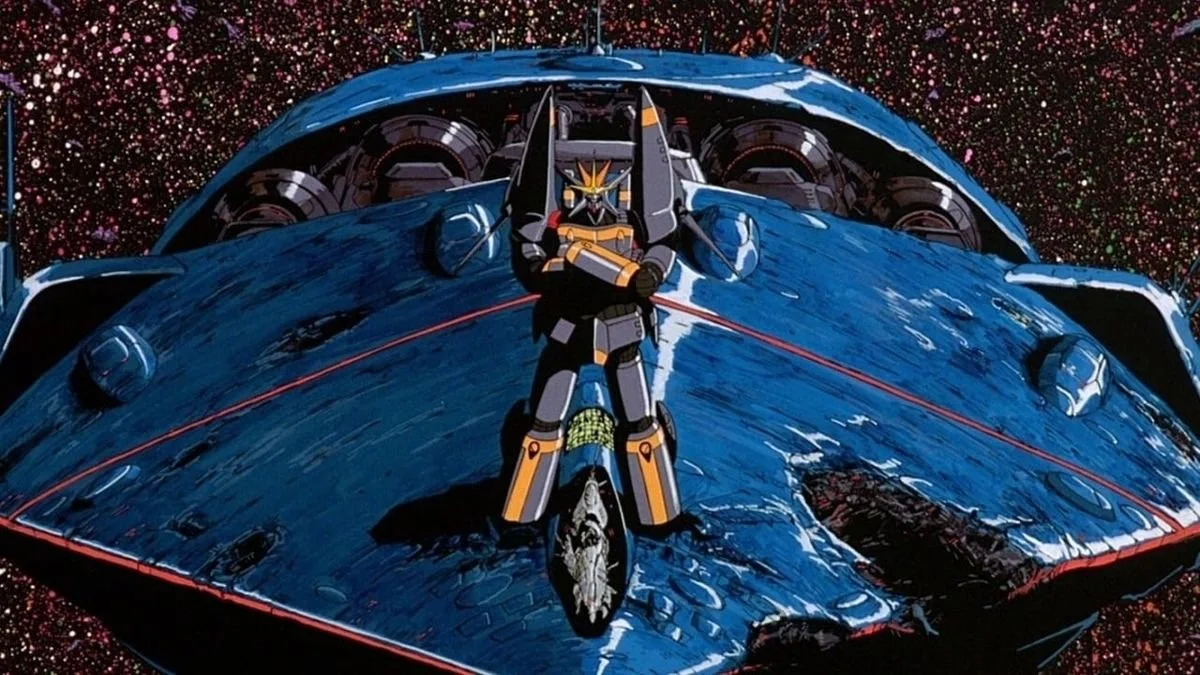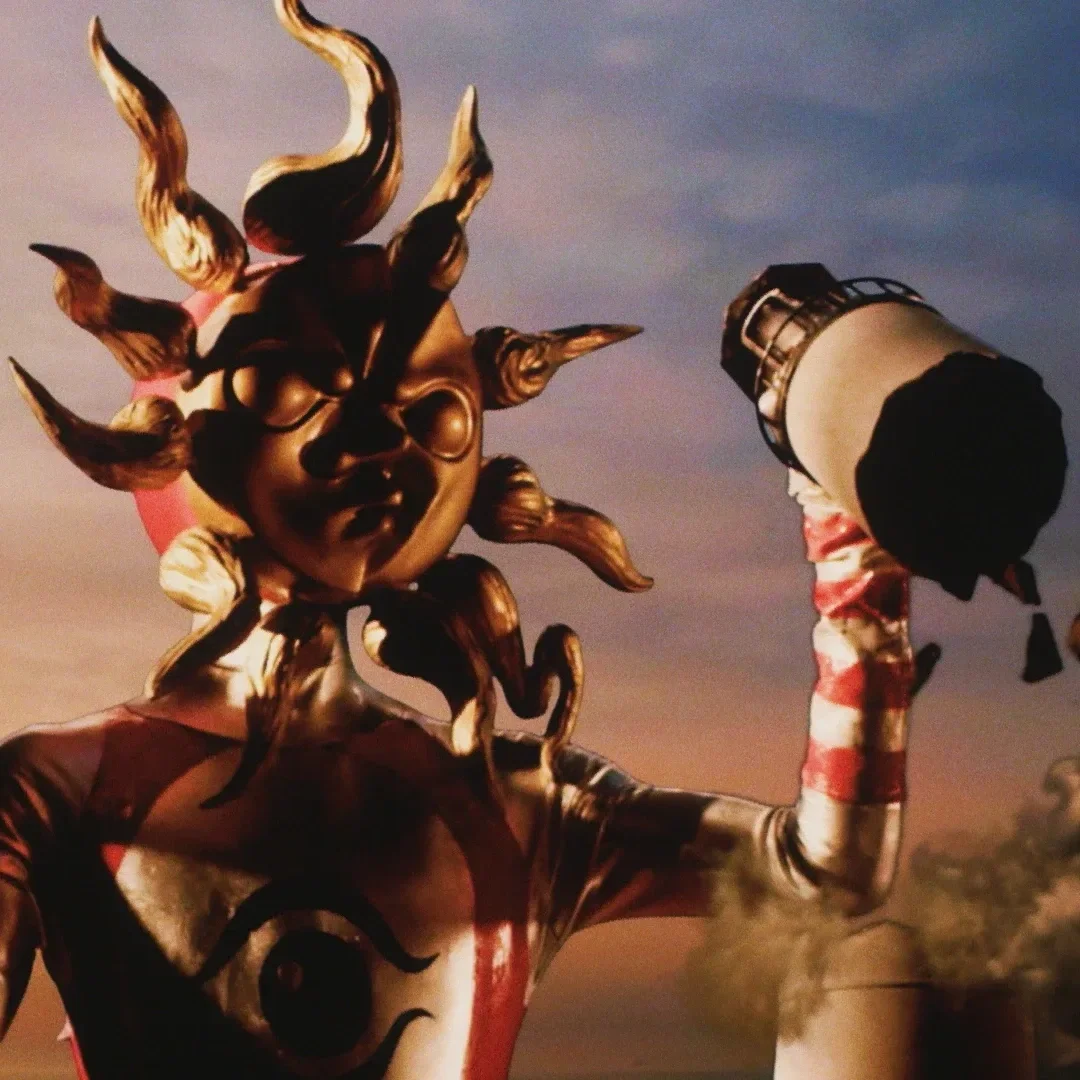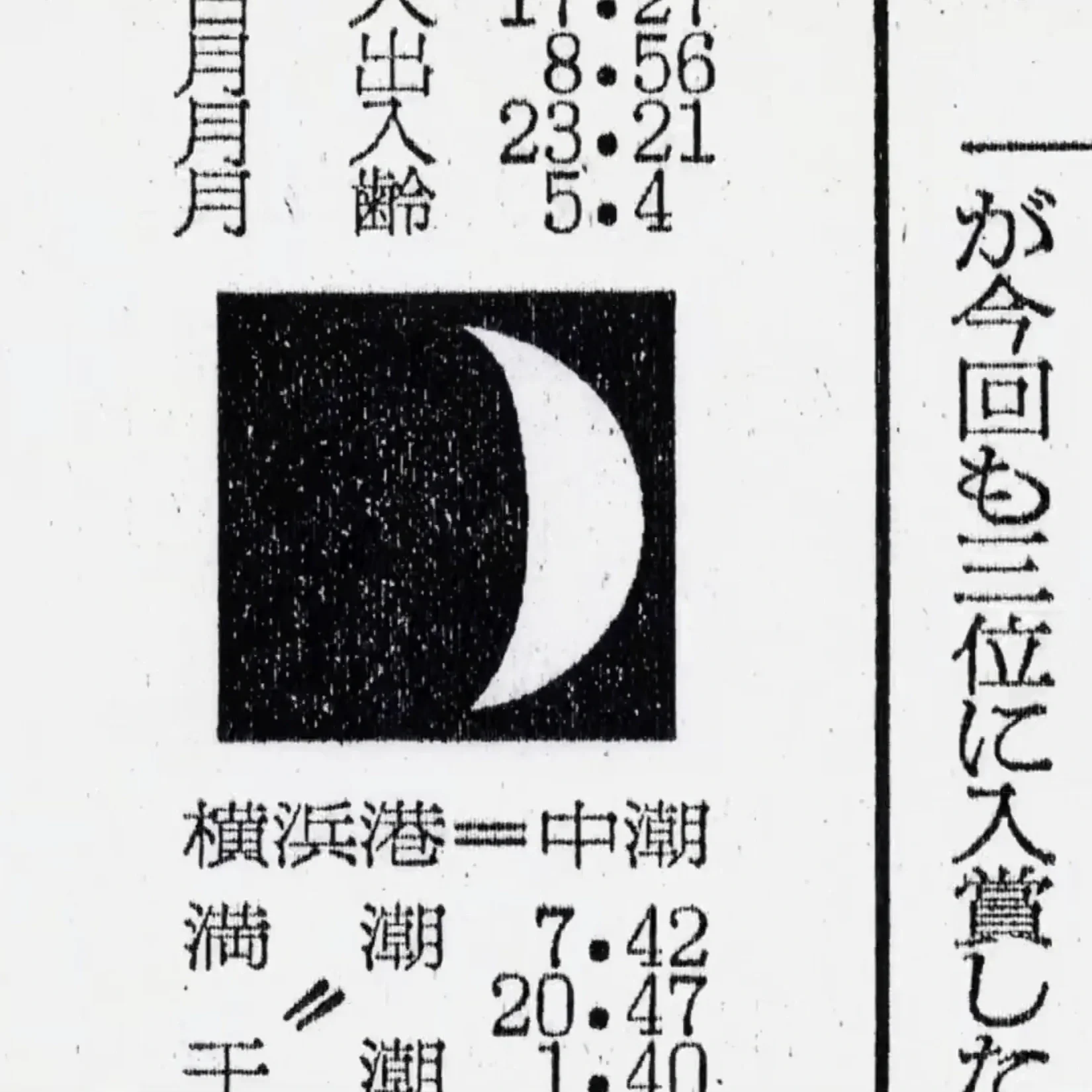Gunbuster - The "Stupid Robot Girl" Anime that Birthed Evangelion
Gunbuster│© Gainax
Before Gainax became a legend and Hideaki Anno reshaped anime with Evangelion, a little-known OVA, GUNBUSTER laid the groundwork for a new generation of Mecha and defied every expectation of what a six-episode “stupid robot girl” anime could be.
The Birth of Gainax
In the late ‘70s and early '80s, Japan saw a sci-fi boom with cultural juggernauts like Space Battleship Yamato and Gundam, sparking a wave of sci-fi fandom. This birthed events like the legendary convention, Daicon, where a group of students from the nearby Osaka University of the Arts showcased their animation skills. The band of sci-fi geeks that had worked on triple-A titles like Gundam, Macross, and Miyazaki’s Nausicaa came together and formed a new indie studio with a manifesto to completely revolutionize the anime world.
Their success and deep understanding of Japan’s Otaku fandom gave them the street cred they needed to pitch this vision as a short film to the bigwigs at Bandi. Seemingly drunk on the endless money of the 80s bubble economy, Bandi studio president Shigeru Watanabe not only gave them the initial ask of a short film but turned their fever dream script into a full-length movie with an astronomical budget of 800 million yen (at that time the single largest budget for an anime film ever).
An Art Piece and A Cash Grab
The Wings of Honnêamise, Studio Gainax’s first movie, was a massive project. From lavish backgrounds, intricate world-building, a score by one of the members of the Yellow Magic Orchestra, an overseas trip to view an actual rocket launch, and a star-studded Hollywood primer (a first for an anime movie), the film was poised to be the biggest Sci-fi in Japan since the release of Star Wars. Yet despite its original story, spectacular animation, like its now-legendary rocket launch sequence, and even praise from both Miyazaki and Rodger Ebert, The Wings of Honnêamise was a box office bomb and ended up losing 460 million.
But determined to survive, Gainax scrambled to put together a new project: a 6-episode mech OVA designed to sell 10,000 copies. “A stupid robot-girl anime”; this was how the Gainax screenwriter described the show's original script. Hideaki Anno was chosen to direct and explained the concept bluntly: “Okay, people want to see a robot and a half-naked girl go into space". It would be a show for the masses, a simple cash grab, but Anno had other ideas.
Gunbuster leads off with several 80s tropes. The initial concept and title (officially Aim for the Top!) is a mashup of Top Gun and the then-popular Shojo series Aim for the Ace. We are treated with pilot schools, stair-running training montages, posters of Van Halen, and an opening theme plucked off a city pop album. Our gutsy but naive heroine, Noriko, dreams of becoming a real space combat pilot. The cast includes an “Onee-sama” to idolize, a love interest that looks like Ivan Drago, and a hard-nosed trainer/sensei/coach to whip her into fighting shape. However, repeated focused accounts of Noriko’s father’s death are our first hint of something darker driving her ambition.
Like many contemporary shows that touch on the ongoing mental health crisis, Gunbuster departs from typical action-focused mech anime at the time and puts Noriko’s self-doubts and gnawing insecurities front and center. With each episode, the tone shifts darker, mirroring her transformation from a ditzy high schooler into a battle-hardened soldier. What was lighthearted escapism develops into a raw exploration of trauma, grief, and the psychological toll of war. Anno doesn’t hold back here, exposing the suffering and guilt as these young soldiers struggle to survive in the cold depths of space.
Gunbuster│© Gainax
Anno’s Hard Sci-Fi Storytelling
The sheer scale of Gunbuster’s sci-fi backdrop is enough to thrill any genre fan, and Anno’s world-building is on full display throughout. The flagship Exelion is full of sci-fi influences, from its star destroyer profile to its laser cannons, warp, and photon torpedoes. One would expect nothing less from a former mechanical designer of the Gundam series. But it’s not just spectacle, science drives the story. Astrophysics and Einstein’s special relativity, especially the twin paradox, are heavily used. Anno plays with time to touch on the nature of war and alienation. With the lost decades, the pilots lose connection with those closest to them, heightening the feeling of alienation between those fighting the war and their loved ones on earth.
Anno's space monsters are also radically different from typical mecha cannon fodder. These aliens are organic but utterly inhuman, more a primal force of nature countering humanity's corrupting influence. Like the Ohm in Nausicaa, which Anno also worked on, they are both simple and terrifying, and their aesthetic would resurface in the Angels of Evangelion.
Climax and Coda
In the all-out war against these space kaiju, the show climaxes with the epic reveal of the titular mecha. The Gunbuster’s commanding stance would mint the term “Gainax Pose” and return in almost every Gainax production. The Gunbuster fight scenes are nothing short of a spectacular sequence of giant robot-ass kickery. Anno gives a sense of scale with sweeping external camera angles seemingly spanning millions of miles of space battlefield. The incalculable number of enemies and the super weapons that battle them gives the whole sequence a truly galactic sense of scale.
The story closes with an epic black-and-white coda. Anno has suggested in interviews that producing anime in black and white and using a widescreen aspect ratio was his venture into more experimental animation styles (a trend that would reemerge in several episodes of the later parts of EVA). The show concludes with a tear-jerker ending that will satisfy almost everyone.
Gunbuster set the stage for the studio’s future greatness. The themes of growing up, confronting trauma, and finding one’s place in a chaotic world would echo through Gainax’s later works, like Evangelion, FLCL and Gurren Lagann. In 2003, the series inspired a sequel directed by FLCL’s Kazuya Tsurumaki, who grew up watching the original.
A Sci-fi classic, Gunbuster is a deeply human work of animation that restored Gianax’s reputation, helped Anno establish his unique style, and showed that a “dumb robot girl” anime could transcend formulaic cliché and emerge as a sci-fi masterpiece.









Tracing how jazz evolved from Lupin’s charm to Bebop’s sci-fi western universe.